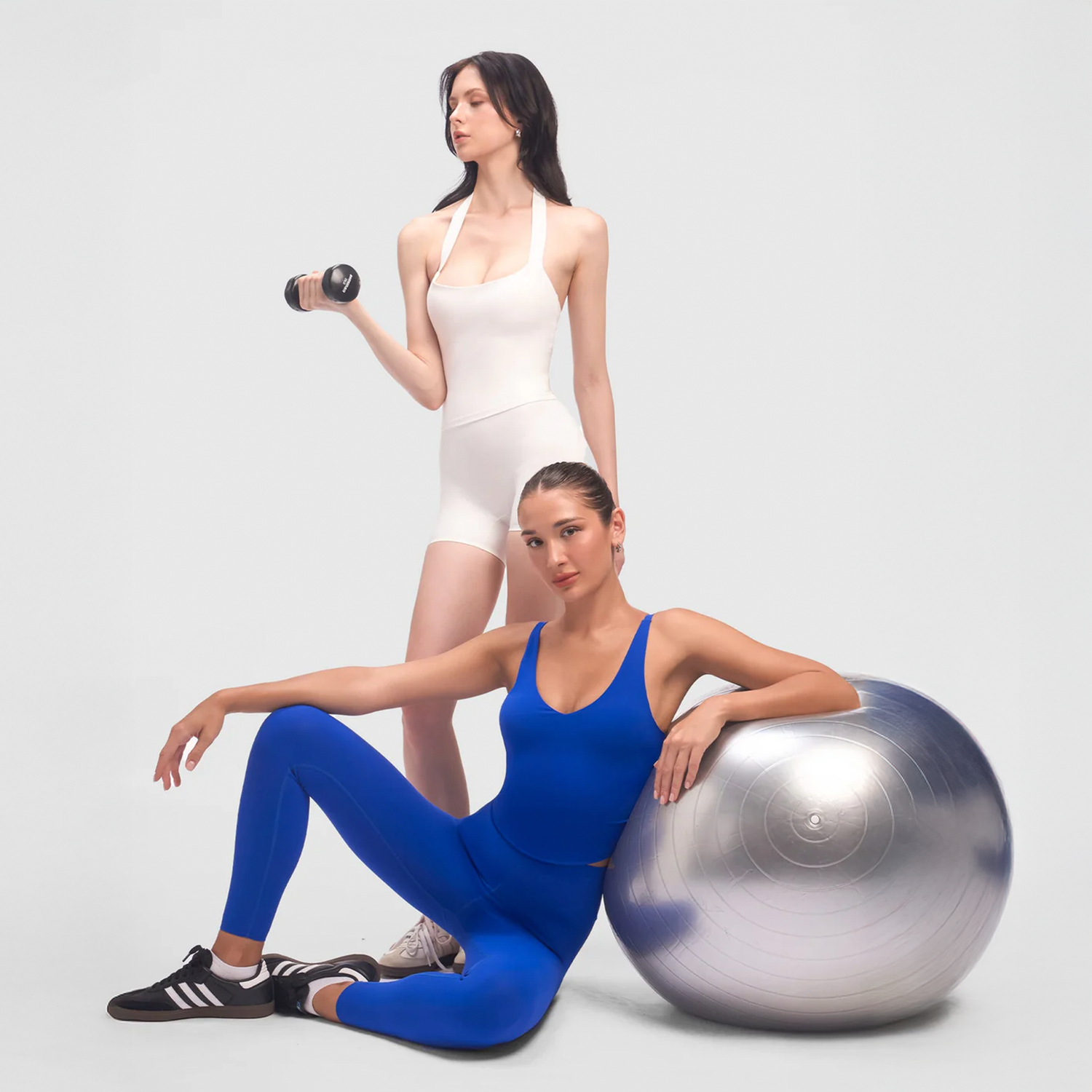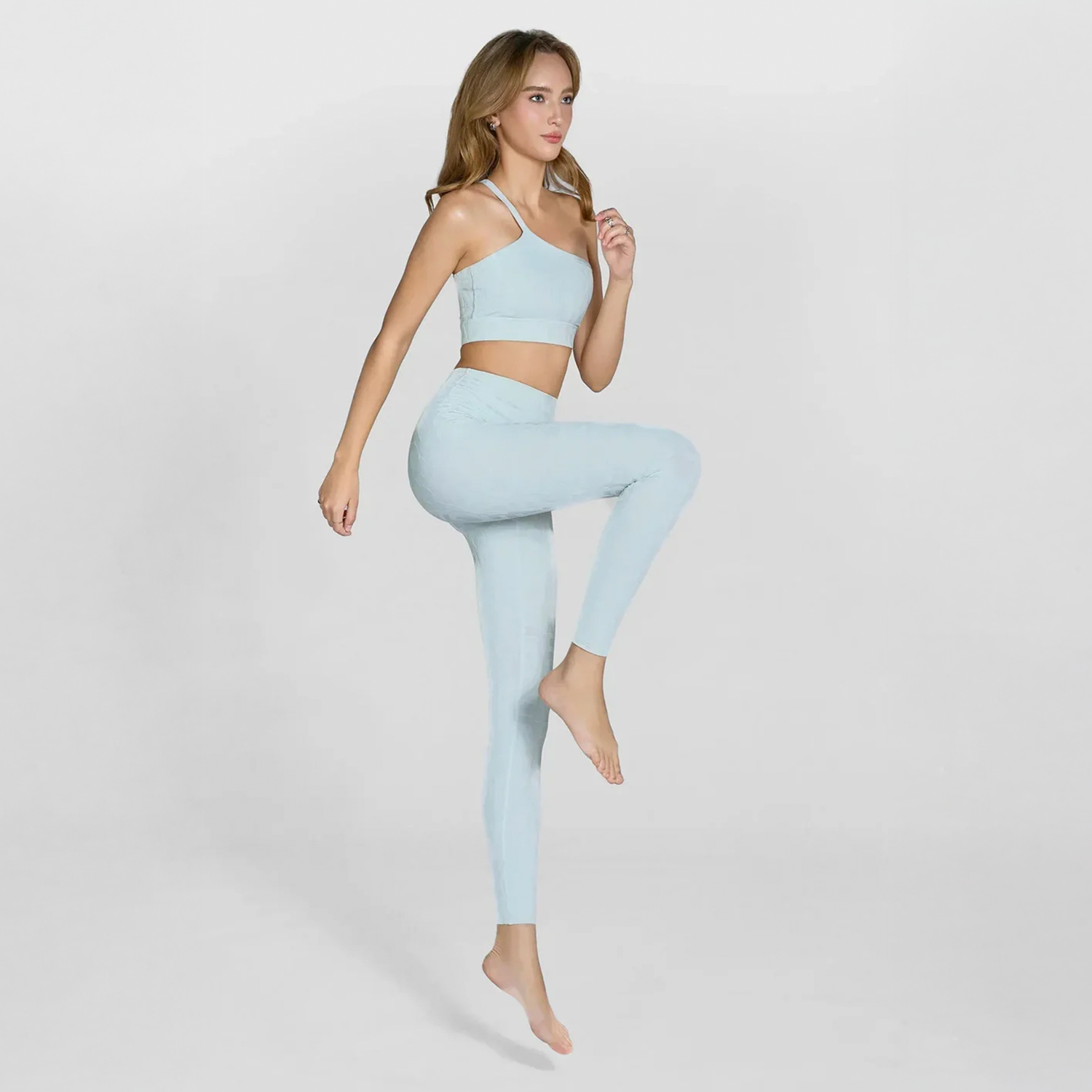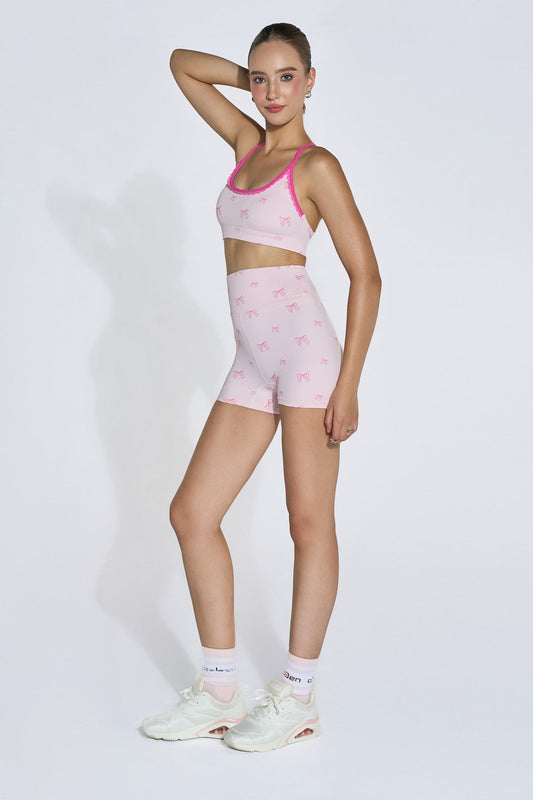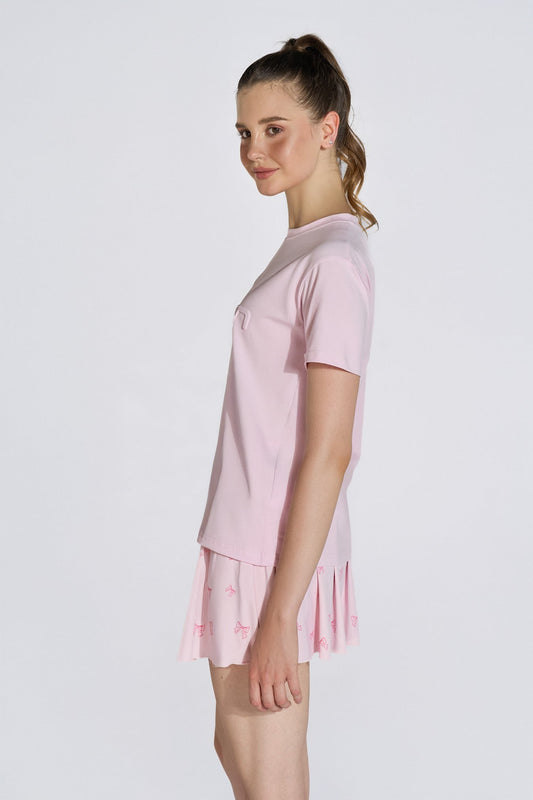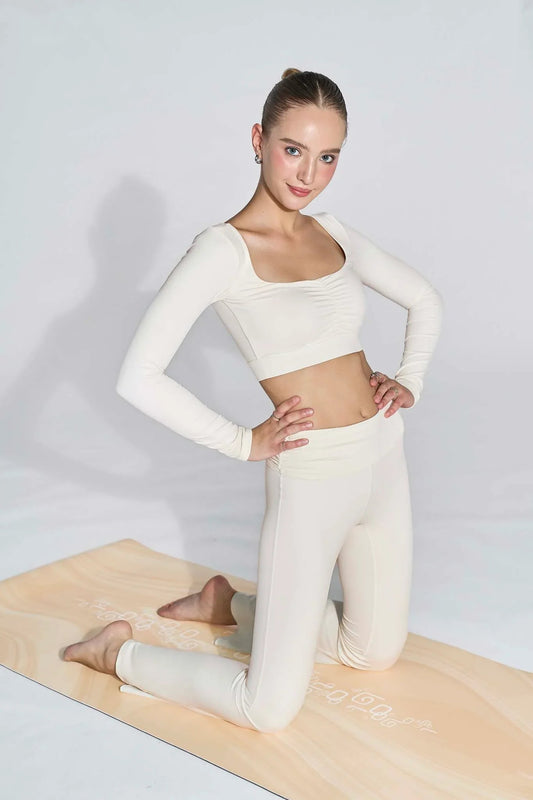Yin Yoga is a gentle yet deeply impactful practice that focuses on stretching the connective tissues such as ligaments, tendons, and joint capsules, while helping the body and mind achieve a state of deep relaxation. This practice is based on three core principles — called tattvas — which serve as guiding pillars throughout the entire session.
This article by Olaben will help you better understand Yin Yoga, its benefits, and how to apply it to enhance your practice and support holistic health.
What is Yin Yoga?
Yin Yoga draws inspiration from the yin–yang philosophy in Traditional Chinese Medicine, emphasizing harmony between opposing yet complementary forces that create the balance of the universe. “Yin” represents coolness, slowness, and receptivity, while “yang” represents warmth, agility, and activity.
With its meditative nature, Yin Yoga is taught at a slow, subtle, and gentle pace, creating space for stillness and reflection. This style contrasts with more dynamic and energetic forms such as Ashtanga or Vinyasa, helping practitioners find inner balance and peace.
Check out more: What Is Yoga? Philosophy, Origins, and Benefits

Health Benefits of Yin Yoga
Yin Yoga offers numerous physical and mental benefits, including:
- Enhancing flexibility and overall suppleness.
- Promoting better blood circulation.
- Improving joint mobility and range of motion.
- Correcting posture and body alignment.
- Strengthening and nourishing connective tissues.
- Relieving stress, fatigue, and mental tension.
Scientific studies have also shown that Yin Yoga positively impacts mental health. After just five weeks of consistent practice, participants often experience noticeable reductions in stress and anxiety, along with a restored sense of inner peace.
Who Should Practice Yin Yoga?
Each style of yoga has its own characteristics, and Yin Yoga is no exception. It’s particularly suitable for:
- Those who prefer moderate or gentle movement without excessive exertion.
- Individuals undergoing physical therapy who also want to improve mental well-being.
- People looking to enhance full-body mobility, joint flexibility, and overall suppleness.
- Anyone seeking deeper self-understanding and emotional control.
- Those interested in meditation, as Yin Yoga is an ideal gateway into meditative practice.
- Individuals with calm, serene personalities who enjoy slower, gentler activities.
However, Yin Yoga may not be suitable for those with highly energetic personalities or those who prefer vigorous, high-intensity activities.

Key Yin Yoga Poses
Yin Yoga tends to focus more on mental nourishment, helping practitioners reconnect with their bodies in a calm and mindful way. Below are 5 representative poses you can explore:
1. Melting Heart Pose
One of Yin Yoga’s signature poses, Melting Heart targets the chest, shoulders, and upper-to-mid spine. It helps open the chest, release tension, and improve mobility when held for a long duration.
How to practice:
- Start on all fours, placing your hands slightly wider than shoulder-width apart.
- Extend your arms forward while lowering your chest close to the floor.
- Keep your hips lifted and knees at a 90-degree angle to stretch the back.
- Hold the pose for about 5 minutes to allow deep relaxation.

2. Butterfly Pose
This pose requires flexibility and patience, stretching the hips and spine while improving circulation.
How to practice:
- Sit upright with your legs extended forward, then fold gently forward, allowing the spine to round naturally.
- Relax your head forward and place your arms alongside your legs so the upper arms touch the floor.
- Turn your feet outward if it feels more comfortable.
- Hold for 4–5 minutes, breathing deeply to enhance relaxation.

3. Sphinx Pose
A great pose to target the lower back, stretch the spine, and improve flexibility.
How to practice:
- Lie on your stomach with elbows placed directly under your shoulders.
- Relax your body while supporting yourself on your forearms.
- Engage a gentle backbend while keeping the stomach and thighs relaxed.
- For a deeper stretch, straighten your elbows.
- Hold for up to 5 minutes, breathing evenly.

Tips for Practicing Yin Yoga
Although Yin Yoga is simple in structure, keep these points in mind for the best results:
- Focus on the lower body: Yin Yoga primarily targets the spine, back, hips, pelvis, and thighs — areas rich in connective tissue that benefit most from gentle stretching.
- Session duration: A Yin Yoga class usually lasts 40–60 minutes, burning about 100–300 calories — ideal for those who are not focused on weight loss but still want flexibility and relaxation.
- Mental discipline: Yin Yoga is as much a mental practice as it is physical, requiring patience, emotional regulation, and mindfulness throughout the session.
Practice Yin Yoga with Olaben
For a complete and effective Yin Yoga experience, in addition to a calm mindset, you should equip yourself with the right gear. Olaben offers high-quality options to make every practice safer and more comfortable:
- Women’s Yoga Apparel – Form-fitting, stretchy, and sweat-wicking designs that keep you comfortable through every movement.
- Yoga Mats – Non-slip, cushioned, and durable for stable poses and joint protection.
- Sports Bottles – Keep hydrated before, during, and after your session.
- Yoga Blocks – Support balance and help you adjust pose depth safely.
- Women’s Activewear – Versatile designs for both yoga and daily activities.
- Men’s Activewear – Comfortable, functional styles for every workout.
With Olaben as your partner, you can achieve balance, relaxation, and maximum benefits in every Yin Yoga session.



